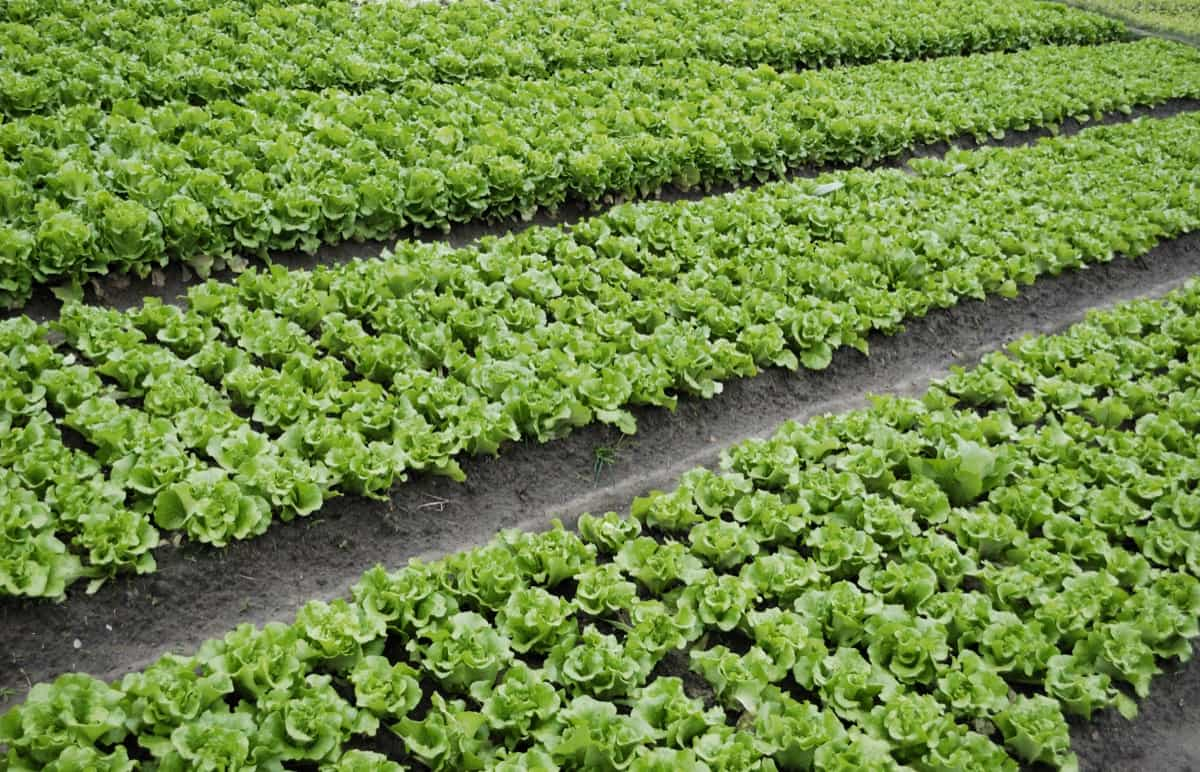
Lettuce is a cool-season crop that is commonly grown for salads. It has a shallow root system, making it ideal for cultivation on shallow soils, provided that there is an effective irrigation system in place. In this guide, we will take you through a step-by-step process on how to farm lettuce successfully.
Step 1: Soil Preparation Lettuce is tolerant of most soil types, but it grows well in light sand to sandy loams. The soil should have a pH of between 5.5 and 6.0. Prepare the soil in advance and make raised beds of at least 20-30cm high to ensure proper drainage in case of excess rainfall. During summer, planting on raised beds is advisable. For winter planting, planting on the flat is acceptable.
Step 2: Variety Selection Choose lettuce varieties carefully, depending on the season you plan to plant them. For the cool winter months, choose varieties that do well in cooler temperatures. For summer production, choose varieties that are tolerant to bolting and diseases. Consult with a seed company agronomist for the best variety suited to your planting program.
Step 3: Irrigation Drip irrigation is the best method for watering lettuce to prevent soil splash and soiling of the heads. If using overhead irrigation, use a smaller nozzle size to avoid big droplets hitting the soil surface and splashing the heads with soil particles. The level of available water in the root zone should not get below 50% holding capacity before the next cycle. Irrigate lightly and frequently, especially during summer production.
Step 4: Planting Use quality seedlings that have been hardened off before planting, especially for summer production. Seedlings take about 5 weeks in the nursery during the winter months and just under 4 weeks in the warmer months. Mulching of summer production is recommended. After transplanting, mulch using wheat straw, grass, or sawdust to cool the crop, conserve moisture, and prevent soil splash.
Step 5: Spacing During summer production, plant on raised beds with 1.5m-1.8m bed center-to-bed center. Mark three rows on the top of the bed at 30cm apart with seedlings placed 25cm in row, giving round 80,000 plants per hectare. For larger head sizes, increase the spacing between rows to 35-45cm and in-row spacing to 25-35cm, giving a plant population of about 60,000 to 100,000 plants per hectare.
Step 6: Fertilization Get a soil analysis done before planting. Apply a basal dressing of Compound “B” at a rate of 500-600kg per hectare pre-planting. If using a fertilizer cupped in by hand to a planting hole for a seedling, mix the fertilizer well with the soil in the hole to prevent root burn of the seedling.
Step 7: Harvesting Harvest lettuce heads about 8-10 weeks after transplanting, depending on the variety. Check if the heads have reached the desired firmness and size. Using a long blade knife, cut the stalk just above the level of the soil and retain most of the wrapper leaves. Harvest when the plants have dried out and in the cool of the early morning before the day temperature gets too hot and the plants begin to wilt. Do not harvest the heads just after rain or irrigation as this makes the leaves crisp and brittle. Remove damaged, diseased, and discolored leaves after cutting, and tidy up the cut end before placing them in the crate. Avoid over-packing the crates, if possible.


















